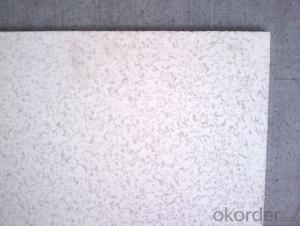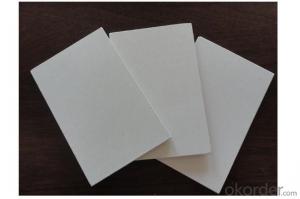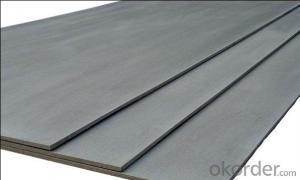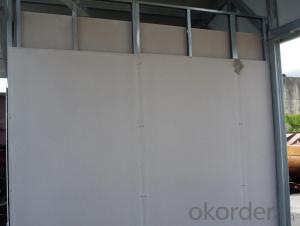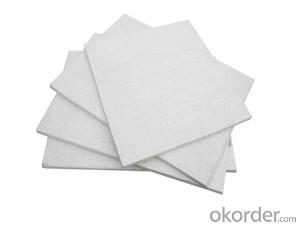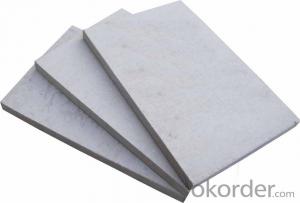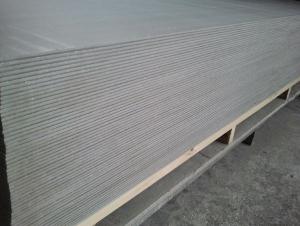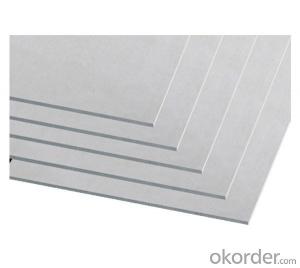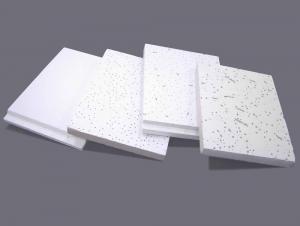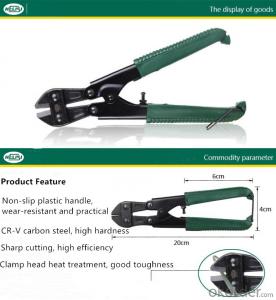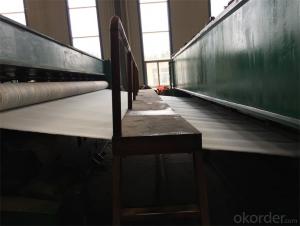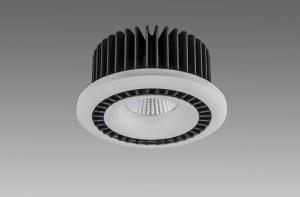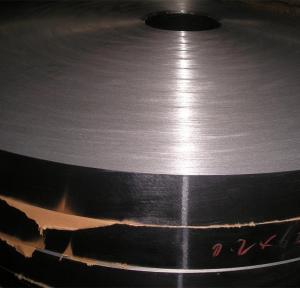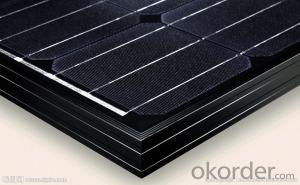High Efficiency Solar Inverter
High Efficiency Solar Inverter Related Searches
High Five Stainless Steel Prop High Quality Solar Inverter High Temperature Clear Plastic Sheet High Voltage Solar Inverter Stainless Steel Peg Board Best Quality Roofing Felt High Intensity Desk Lamp High Efficiency Hvac Systems High Rupturing Capacity Fuse High-Pressure CompressorHot Searches
Cheap High Tea Sets For Sale High Density Fiberboard For Sale Used Foam Board Insulation For Sale Magnesium Oxide Board For Sale Hdf Board For Sale sintra board for sale High Mast Light Price List Solar High Mast Light Specification High Mast Tower Price Philips High Mast Lighting Price List Bajaj High Mast Lighting Price List Gypsum Board Price Per Sheet In India High Mast Light Specification High Density Mdf Board Suppliers High Mast Tower Specification High Pressure Laminate Supplier Philippines High Mast Lighting Suppliers South Africa High Pressure Laminate Manufacturers Europe Calcium Silicate Pipe Insulation Price 5 8 Type X Gypsum Board PriceHigh Efficiency Solar Inverter Supplier & Manufacturer from China
Okorder.com is a professional High Efficiency Solar Inverter supplier & manufacturer, offers integrated one-stop services including real-time quoting and online cargo tracking. We are funded by CNBM Group, a Fortune 500 enterprise and the largest High Efficiency Solar Inverter firm in China.Hot Products
FAQ
- The role of a solar inverter in voltage support is to convert the direct current (DC) power generated by solar panels into alternating current (AC) power that can be used to support the voltage requirements of electrical devices and the overall electrical grid. The inverter ensures that the AC power produced by solar panels matches the voltage and frequency requirements of the electrical system, thereby providing stable and reliable power supply.
- A solar inverter is designed to handle variations in ambient temperature by incorporating temperature compensation algorithms. These algorithms adjust the inverter's performance parameters, such as voltage and frequency, based on temperature measurements. This ensures that the inverter operates optimally and efficiently across a wide range of temperature conditions, maintaining stable and reliable power conversion from the solar panels.
- A solar inverter handles voltage fluctuations in the grid by constantly monitoring the grid voltage and adjusting its own output voltage accordingly. When the grid voltage drops, the inverter increases its output voltage to compensate, and conversely, when the grid voltage rises, the inverter decreases its output voltage. This helps to stabilize the voltage and ensure that the solar system remains connected and operational even during fluctuations in the grid.
- Yes, a solar inverter can be used with different types of electrical appliances. The inverter converts the direct current (DC) produced by solar panels into alternating current (AC) that is compatible with various appliances. This allows for the use of solar energy to power a wide range of electrical devices and appliances in homes or businesses.
- The role of a solar inverter in a solar-powered electric fence is to convert the direct current (DC) electricity produced by the solar panels into alternating current (AC) electricity, which is required to power the electric fence. The solar inverter also regulates and stabilizes the voltage and frequency of the electricity to ensure proper functioning of the electric fence system.
- Yes, there are limitations on the number of solar panels that can be connected to a single inverter. The maximum number of panels that can be connected depends on various factors such as the power rating of the inverter, the voltage and current ratings of the panels, and the configuration of the system. In general, the inverter should be able to handle the combined power output of all the connected solar panels. If the panels generate more power than the inverter can handle, it may lead to system inefficiencies, reduced performance, or even damage to the inverter. Additionally, the voltage and current ratings of the panels should be within the acceptable range of the inverter. If the panels have a higher voltage or current rating than what the inverter can safely handle, it may result in overloading or malfunctioning of the inverter. Furthermore, the configuration of the solar panels also plays a role in determining the limitations. Panels can be connected in series or parallel, and each configuration has its own requirements and limitations. The inverter needs to be compatible with the specific configuration being used. To ensure proper functioning and optimal performance, it is recommended to consult the manufacturer's guidelines and specifications for both the solar panels and the inverter. These guidelines will provide information on the maximum number of panels that can be connected to a single inverter and any other specific limitations or requirements that need to be considered.
- Yes, a solar inverter can be used with a solar-powered disaster relief system. A solar inverter is an essential component that converts the direct current (DC) generated by the solar panels into alternating current (AC), which is the form of electricity used in most appliances and the electrical grid. By using a solar inverter, the solar-powered disaster relief system can efficiently convert and utilize solar energy to power various devices and equipment needed in disaster relief efforts.
- When selecting a reliable solar inverter manufacturer, key considerations include the manufacturer's reputation and experience in the industry, the quality and reliability of their products, the efficiency and performance of their inverters, the warranty and after-sales support provided, the compatibility of their inverters with your specific solar system requirements, and the manufacturer's financial stability and longevity in the market. Additionally, checking customer reviews and feedback can provide valuable insights into the manufacturer's track record and customer satisfaction.

